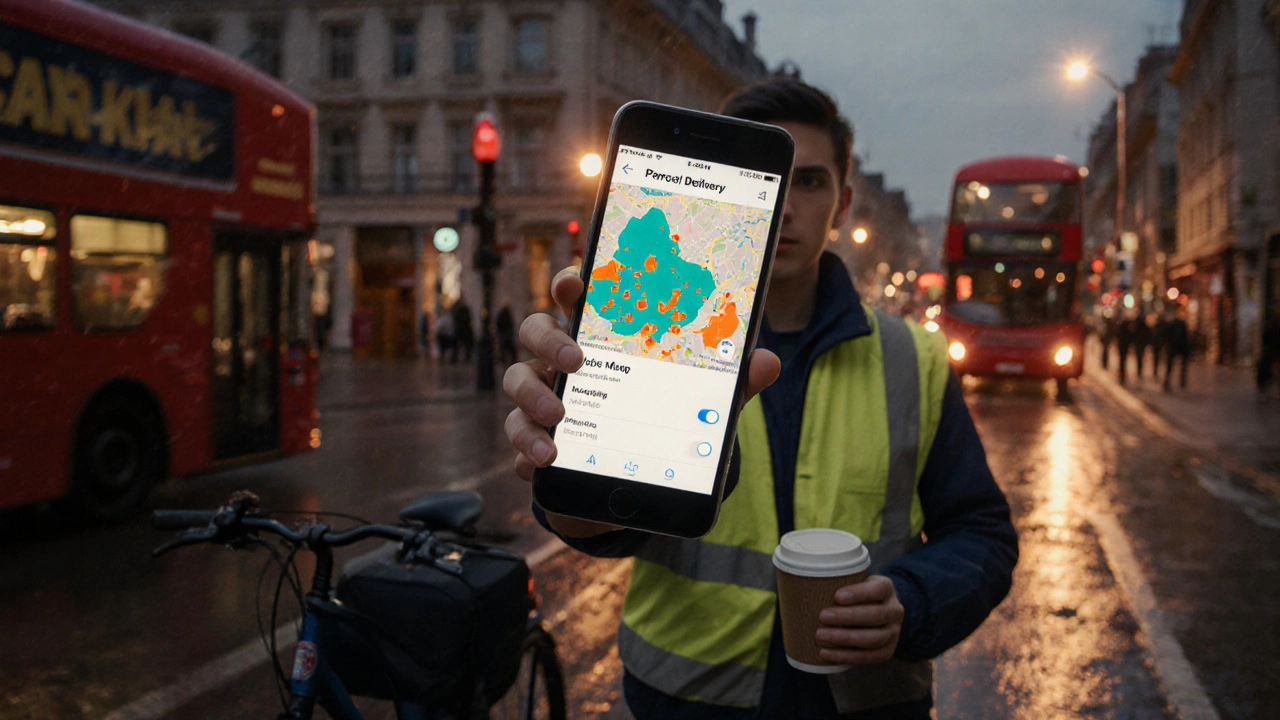Uber vs Traditional Courier: What You Need to Know
If you run a small shop or manage a warehouse, you’ve probably wondered whether to call an Uber driver or a regular courier. Both promise fast delivery, but they work very differently. This guide breaks down the key differences so you can choose the option that saves money, meets deadlines, and keeps customers happy.
Cost and Pricing
Uber’s pricing is usually based on distance, traffic, and demand at the moment you request a ride. You see the estimate on the app before you confirm, and there are no hidden fees for fuel or overtime. For a single parcel, the cost can be lower than a traditional courier, especially if you’re shipping locally and the package is small.
Traditional couriers charge by weight, size, and service level (same‑day, next‑day, etc.). They often have tiered rates for bulk shipments, which can make them cheaper per item when you send many parcels at once. However, they may add extra charges for residential pickups, remote areas, or fuel surcharges. If you ship regularly, you can negotiate a contract that lowers the per‑parcel price.
Bottom line: Use Uber for occasional, low‑volume shipments where speed matters more than bulk discounts. Stick with a traditional courier if you ship many packages every week and can lock in volume rates.
Speed and Reliability
Uber drivers are on‑demand and can often pick up a package within minutes. In major cities, an Uber delivery can reach the destination in an hour or less. The trade‑off is that drivers are not always professional couriers; they may not know the best routes for large parcels or handling requirements.
Traditional couriers run on scheduled routes and have dedicated networks for last‑mile delivery. They usually guarantee delivery windows, such as “by 5 pm tomorrow.” Because they specialize in handling packages, they’re less likely to damage fragile items and have tracking systems that update at each step.
If you need a guaranteed delivery window or are shipping delicate goods, a traditional courier is the safer bet. If you’re moving a simple document across town and need it now, Uber’s on‑demand model wins.
Both services offer tracking, but the level of detail differs. Uber shows the driver’s live location, while couriers often provide scan‑at‑each‑stop updates. Choose the level of visibility that matches your customer expectations.
In practice, many businesses blend the two. They use a courier for routine bulk orders and pull an Uber driver for rush jobs that fall outside the courier’s schedule. This hybrid approach lets you keep costs low while still meeting tight deadlines.
When deciding, ask yourself three quick questions:
- Is the shipment one‑off or recurring?
- Do I need a guaranteed delivery window?
- How fragile or valuable is the package?
Answering these will point you to the right service without a long search.
Ultimately, Uber and traditional couriers each have a place in modern logistics. Understanding their pricing models, speed, and reliability helps you build a delivery strategy that satisfies customers and protects your bottom line.
Can You Use Uber as a Courier? A Practical Guide for UK Gig Workers
Learn how to become an Uber courier in the UK, from signing up and legal requirements to earnings, pros and cons, and tips for maximizing income.
Read More